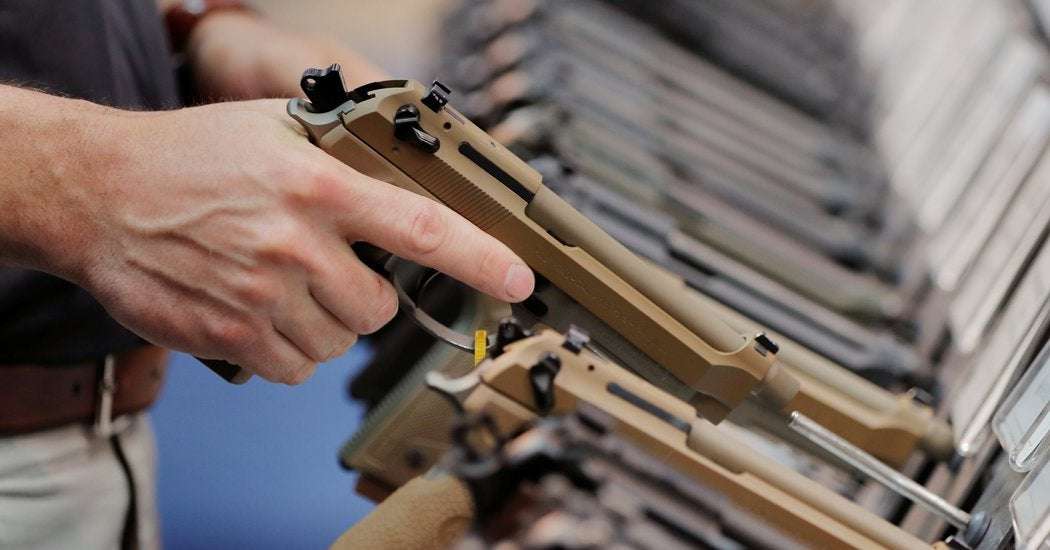By linking gun purchases to the voter registry and suicide data, the team was able to track individuals over time, from October 2004 to December 2016. The researchers checked gun purchases back to 1985 to make sure that individuals in the study were in fact first-time buyers. They also reclassified those who later sold their weapons as non-owners.
This left 676,425 people who bought their first gun during the 12-year period and kept it. The weapons were predominantly handguns, which are the method of choice in about three-quarters of suicides by firearm. California did not begin collecting data on rifles and shotguns until 2014.
The team tallied the suicides among new owners and non-owners, matched by age, gender and other similarities, and tested for a series of alternate possibilities, like whether owners were as likely to kill themselves by other means. They were not.
Another possibility was so-called reverse causation: that many buyers were bent on suicide before they bought the gun. The findings did provide some evidence of that. In the month immediately after first-time owners obtained their weapons (California has a 10-day waiting period), the risk of shooting themselves on purpose was nearly 500 per 100,000, about 100 times higher than similar non-owners; after several years it tapered off to about twice the rate.
“We sure do see evidence that people went to get the gun because they had planned to take their own lives,” Dr. Studdert said.
The risk of suicide remained elevated over the entire 12-year duration of the study, and it was in this longer period after the first month that most of the suicides — 52 percent — occurred. “During this period, the gun acts much more like an ambient risk — it’s always there,” Dr. Studdert said.
The majority of people who attempt suicide do not die; attempts outnumber completed acts by about eight to one. Those who do make an attempt are at greater risk of trying again later, compared with those who have not, studies have found. Still, less than 10 percent of those who make an attempt will subsequently go on to complete the act, said Dr. Matthew Miller, a professor of health sciences and epidemiology at Northeastern University and an author on the study.

MarcoWave on June 4th, 2020 at 17:30 UTC »
So basically non gun owners are less likely to kill themselves with a gun shot
BlueMonkOne on June 4th, 2020 at 16:42 UTC »
So how exactly does a non-gun owner person kill themselves by gunshot?
Cnoggl01 on June 4th, 2020 at 13:26 UTC »
I think that directly correlates with the reason they bought the gun to begin with